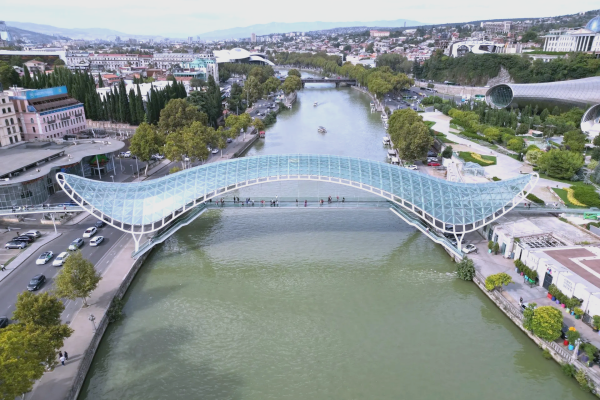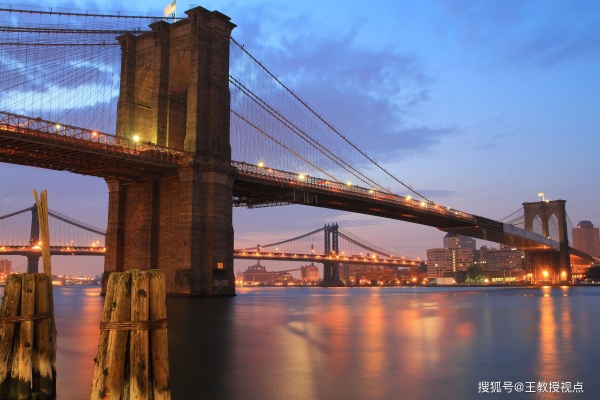Home < News < Peru's Infrastructure Modernization: Revolutionizing Bridges, Tunnels, and Seismic Isolation Technology
Peru is advancing its national infrastructure modernization with unprecedented momentum through a $37 billion transportation infrastructure upgrade plan, spanning railways, highways, ports, and energy networks. Within this blueprint, bridge construction, tunnel engineering, and seismic isolation structures serve as critical nodes—enhancing regional connectivity while confronting Peru’s complex geology and high seismic risk. As Chinese enterprises deepen their participation, landmark projects integrating cutting-edge technology with local needs are reshaping Peru’s development trajectory.
Tunnels are vital to overcoming Peru’s challenging terrain. Key projects transforming regional mobility include:
Machu Picchu Highway Tunnel: Built by China Railway Tunnel Group, this 1.98 km fully electro-mechanically equipped tunnel—Peru’s first—features advanced ventilation, lighting, and monitoring systems. It slashes travel time by 50%, replacing hazardous mountain roads and providing 19,000 residents safer access while enabling cost-effective agricultural exports from Santa Teresa.
tunnel (completed Nov 2024) set a national record with daily excavation rates of 16 meters. Innovative "geological radar + probe drilling + endoscopy" forecasting and the CD excavation method allowed safe tunneling beneath archaeological sites, the Pan-American Highway, and dense communities—showcasing Belt and Road engineering excellence.
These projects exemplify how Chinese engineering solutions address Peru’s mountain-access challenges, boosting tourism and agriculture.
Bridges are crucial for linking coastal and highland economies, yet aging infrastructure and natural disasters pose severe risks:
Pulangbato Bridge Reconstruction: After Typhoon Odette destroyed this vital connector in 2021, delayed rebuilding forced residents onto dangerous bamboo crossings. With new contractors and a ₲28 million (~$700k USD) investment, completion is now targeted for December 2025.
Seismic Retrofit Advancements: Peru’s high earthquake risk drives adoption of performance-based seismic design. Carbon Fiber Reinforced Polymer (CFRP) laminates—proven in Arequipa Cathedral’s tower reinforcement—are now strengthening bridge components, enhancing tensile resistance and ductility.
The core challenge remains integrating international seismic standards with local construction capabilities and geology for lifecycle cost efficiency.
Peru’s Pacific Ring location makes seismic resilience critical for life safety and economic stability:
Cultural Heritage Protection: After the 2001 earthquake partially collapsed Arequipa Cathedral’s left tower, engineers used CFRP laminates to reinforce the right tower—bonding carbon fiber to the stone core before re-cladding with carved blocks. This preserved UNESCO World Heritage aesthetics while restoring structural integrity.
Modern Seismic Design Adoption: Performance-Based Seismic Design (PBSD), aligned with the Pacific Earthquake Engineering Research (PEER) framework, is optimizing new infrastructure. Through integrated seismic hazard analysis, structural fragility assessment, and loss modeling, PBSD minimizes annualized expected losses. Base isolators and energy dissipators are increasingly deployed in bridges and public buildings, aligning Peru with global standards.
IV. Synergistic Infrastructure Development
Peru’s modernization spans multiple sectors:
Energy Transition: New Law No.32249 enables $14 billion in clean energy investments, accelerating solar, wind, and hydro projects.
Port Expansion: Beyond China-built Chancay Port (operational late 2024), Jin Zhao secured a $405 million contract for Ica Port (2025), creating a dual-port network for copper/iron ore exports.
Highway Innovation: Inspired by Brazil’s Paraná, Peru is piloting concrete pavements, doubling road lifespan to 20 years versus asphalt while reducing upkeep and improving rainy-season safety

Outlook: Infrastructure-Driven Growth
Peru is overcoming geographic constraints via interconnected projects:
Three railways (Lima-Barranca, Lima-Ica, San Juan de Marcona-Andahuaylas) linking coast and mountains.
Tunnels unlocking tourism/agriculture corridors.
Bridges and seismic tech ensuring network resilience.
With Chinese firms leading projects like the Huancayo-Huancavelica railway modernization, Sino-Peruvian technical synergy will deepen. Over the next decade, a safer, more efficient, and sustainable infrastructure network will reshape Peru’s economic geography and cement its role as a South Pacific logistics hub—unlocking new opportunities under the Belt and Road framework.
Where the Andes meet modern engineering, Peru bridges chasms, tunnels through ridges, and tames earthquakes with seismic isolation. Across this land of Inca legacy, steel and innovation are weaving a 21st-century tapestry of resilient progress.
